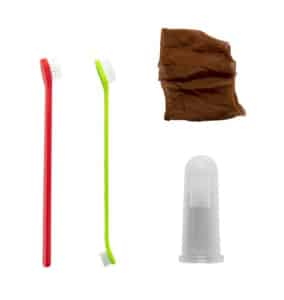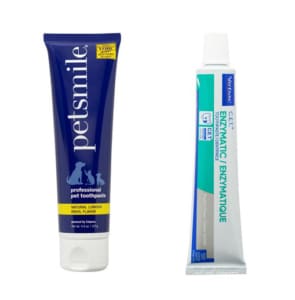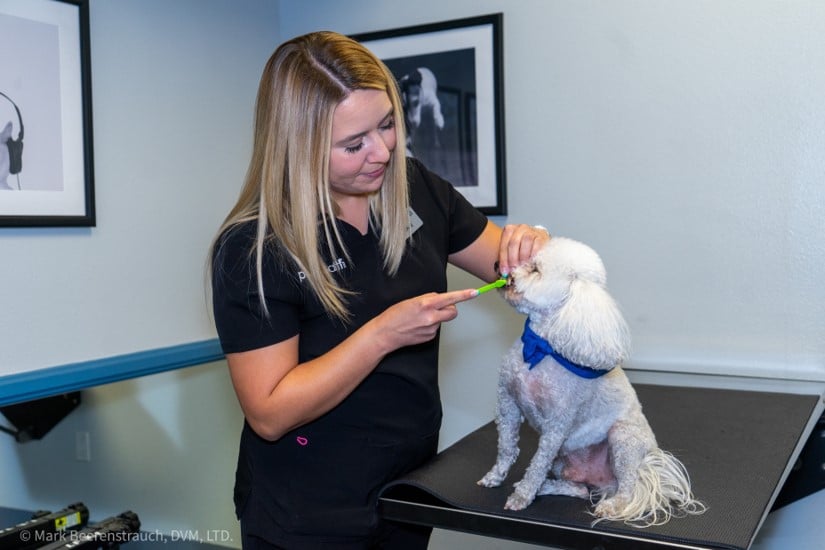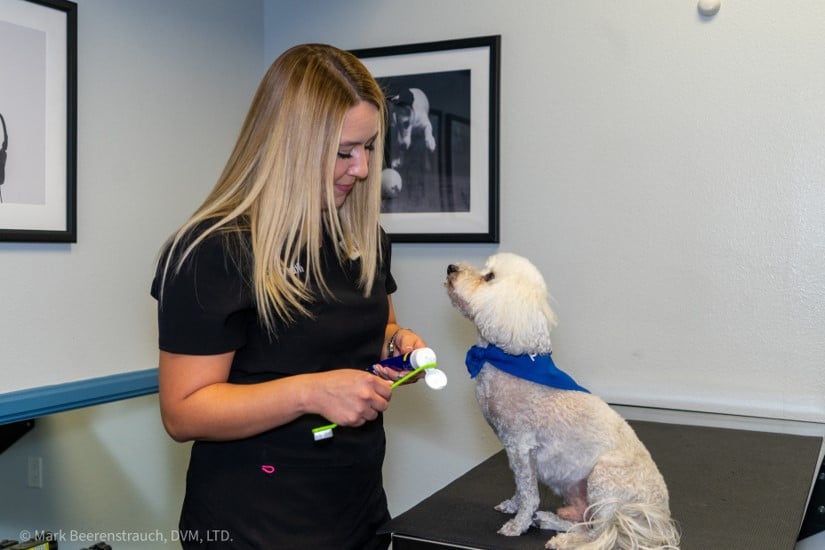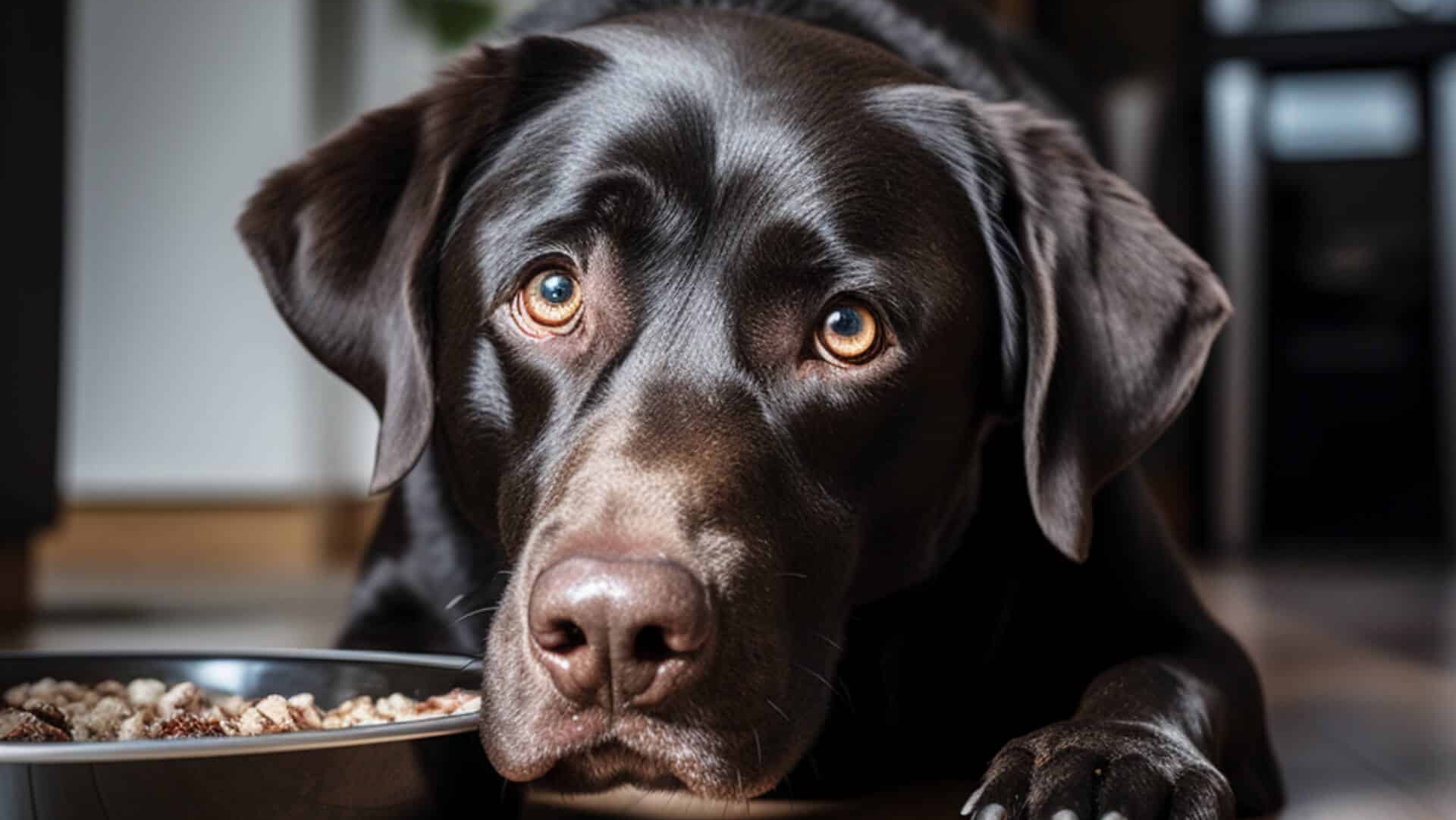Imo’s Dental Diaries: A Dachshund’s Day at the Dentist
Adventures in Pet Dental Care: Through the Eyes of Dr. B and Imogene
Greetings, Pet Health family! I wanted to share a slice of life from our recent dental escapade with Imogene, my spirited Dachshund. In honor of National Pet Dental Month, let’s dive into the intriguing world of professional dental cleanings for our furry friends.
The Prelude: Nervous Anticipation
Picture this: a bustling morning at the clinic, but today’s not just any day—it’s Imo’s dental day. As a pet parent and a vet, the excitement tinged with nerves is all too familiar. Many of you have shared your apprehensions when bringing in your pets, and I’m right there with you.
Pre-Anesthetic Prep: Crossing T’s and Dotting I’s
Imogene gets the standard VIP treatment with a pre-anesthetic exam and vital checks. Her heart and lungs sound great, but a comprehensive pre-anesthetic blood profile is non-negotiable. Why? To rule out any underlying metabolic conditions that could complicate the anesthesia process.
Medication and the Art of Relaxation
Armed with the right information, Imo is pre-medicated to ease her into the dental adventure. It’s fascinating how medications can be fine-tuned based on each pet’s anxiety levels and the anticipated pain. A delicate balance, indeed!
Dr. B’s Note: Adjusting medications for each pet allows us to tailor medications based on her anxiety level and expected pain.
The Grand Entry: Imo Takes Center Stage
Now comes the moment we’ve all been waiting for—the actual procedure. Imo, the star of the show is prepped with an intravenous catheter and induced with propofol. Ellen, our skilled licensed veterinarian (LVT), took charge and deftly intubated Imo.
Dr. B’s Insight: Have you ever wondered why intubation is crucial? It allows us to administer gas anesthesia and safeguards the airway during cleaning.
Beyond the Surface: Unveiling Hidden Truths with X-rays.
As the dental journey progresses, we delve beneath the surface with dental X-rays. A snapshot of Imo’s dental health reveals more than meets the eye. It’s a vital step, and here’s why:
Dr. B’s Tip: Routine X-rays unearth hidden issues, helping us catch problems lurking beneath the gum line, such as infections and broken teeth.
Scaling and Polishing: Ellen’s Expertise Unleashed
With X-rays as our guide, Ellen sets to work, scaling and polishing Imo’s teeth with finesse. Let’s debunk a common misconception—most of the time, our amazing LVTs, not the veterinarians, perform these procedures.
Dr. B’s Insight: LVTs, like Ellen, are dental superheroes, conducting cleanings with precision and care every day.
Charting the Course: Assessing the Aftermath
Post‑cleaning, it’s charting and probing time. Imo’s mouth is meticulously inspected, and any additional procedures needed are determined.
Dr. B’s Reality Check: Most dental cleanings are not straightforward; often, extractions are necessary. In Imo’s case, eight teeth bid their farewell.
Advanced Procedures: Extractions and Beyond
Veterinarians handle advanced procedures like extractions, and Imo’s experience emphasizes the importance of addressing underlying issues. Genetics and my vigilance, or perhaps the lack thereof, played a role in Imo’s dental journey.
Dr. B’s Lesson: Addressing dental issues promptly is crucial. Imo’s extractions went smoothly, but it’s a reminder to be more diligent with daily toothbrushing.
The Road to Recovery: Imo Bounces Back
Monitored and cared for post-surgery, Imo recuperates well at Pet Health. A soft-food diet and diligent care become the norm during the recovery phase.
Dr. B’s Pledge: Improved daily brushing habits are now on the agenda. Imo’s dental adventure reinforces the significance of preventive care.
Homecoming: A Happy Ending
Soft food, a bit of initial discomfort, and Imo gradually bounces back to her vibrant self. It’s a story of dental care, recovery, and the importance of post-extraction attention.
So there you have it—Imo’s dental diaries, a firsthand account of a Dachshund’s day at the dentist. As we celebrate National Pet Dental Month, let Imo’s journey inspire you to embark on your pet’s dental adventure. Here’s to healthy smiles and wagging tails!


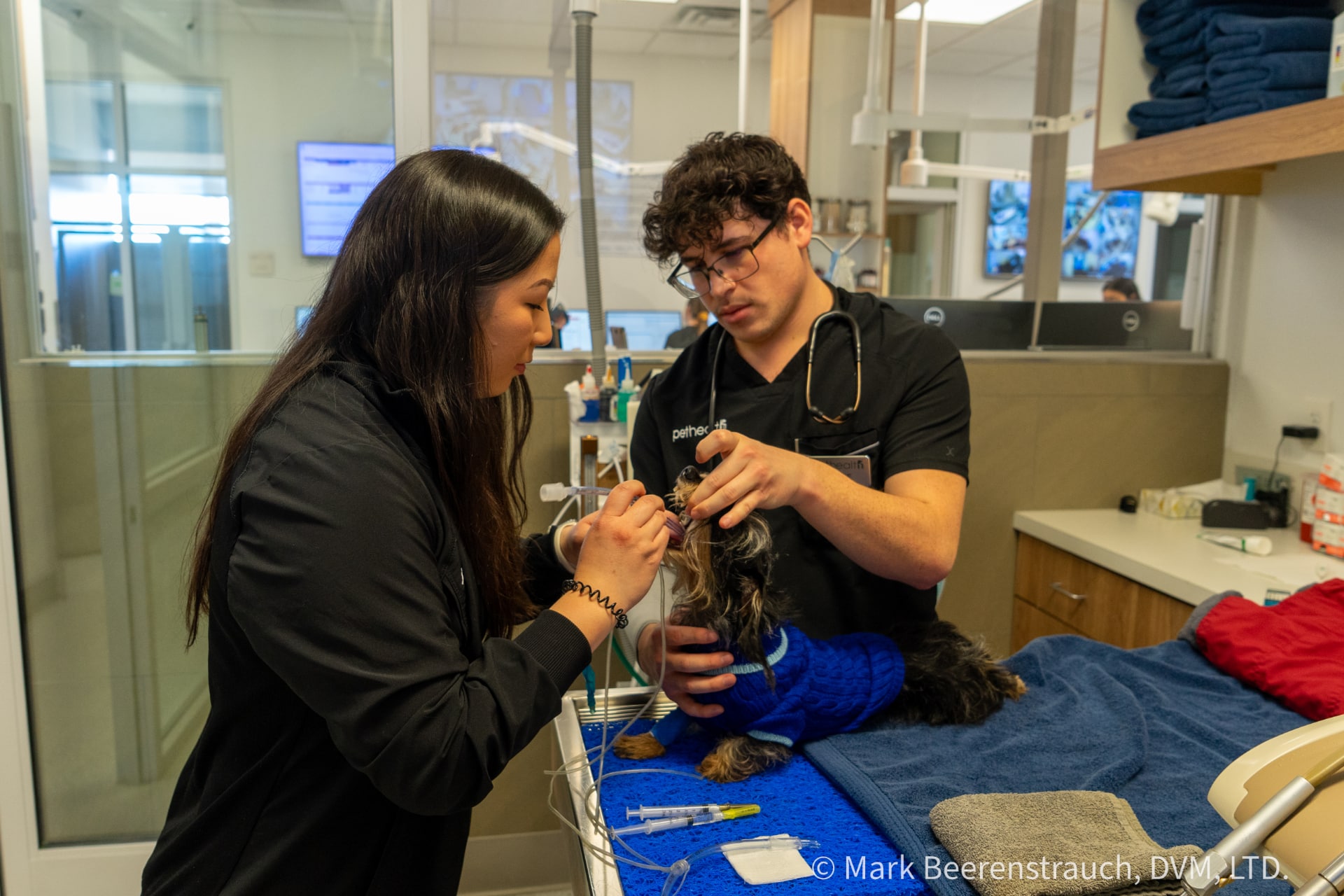
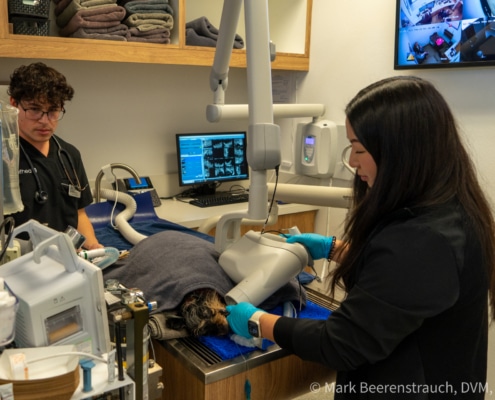
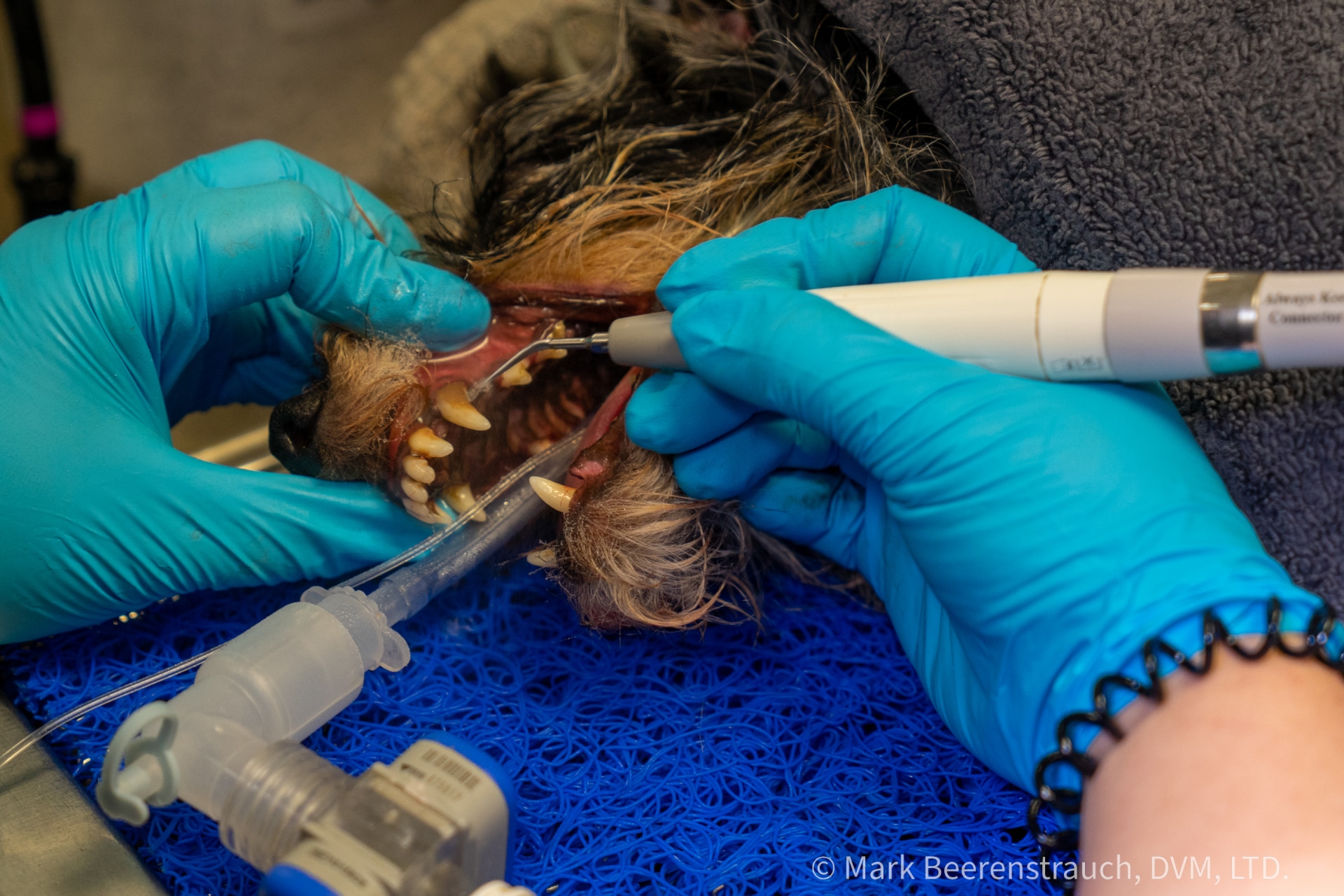



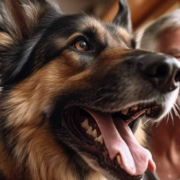



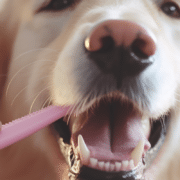
 We’re told to brush our teeth at least twice daily; some even brush after every meal. Just like we must brush our teeth to prevent gum disease, pets must have their teeth brushed, too!
We’re told to brush our teeth at least twice daily; some even brush after every meal. Just like we must brush our teeth to prevent gum disease, pets must have their teeth brushed, too!